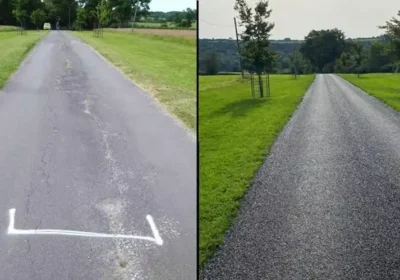by Dr Susie Curtin.
Although I am quite content to lounge on my sofa, watching my cheeky wrens forage in among the pots of winter pansies outside my patio door, I know I will feel disappointed if I don’t get out in the fresh air. But low drab clouds are drifting overhead without even a glimpse of the blue sky beyond, and there is a biting, cruel wind as March strides in. It is a wonder that my crocuses can bear to open their petals on such a cold day.
Nevertheless, I wrap up warm with a hot drink in my rucksack and make way for my favourite woodlands on the Cranborne Chase.
Up here, the view is wide, stretching north to Salisbury Plain and south over the rolling Dorset countryside. From the edge of the woods, three March hares gamble awkwardly across the grassy field, their black-tipped ears protruding like big feathers, and in the far distance, huddled against the hedgerow, I can just make out the distinct form of a graceful herd of fallow deer.
The growing intensity of light tells me that winter is receding, and Brig, the Irish Goddess of spring and fertility, is slowly unfurling from her winter slumber to proclaim a new cycle of life.
Inside the woodland, my feet kick up the fallen leaves of last autumn, now laying crisp and dry on the forest floor – remnants of one of the driest winters I can remember. A thin beam of sunlight streaks through the twiggy canopy illuminating the stark columns of beech trees. Lime-coloured catkins hang from the hazel coppice and bluebells, herb Robert and wood anemones have begun to push their vibrant green stems through the iron-hard earth.
We are all impatient for the warmth to come.
My footsteps lead me beyond the beech trees into a mossy thicket. As I enter this scruffy woodland, I am greeted by lichens, mossy tree trunks and the epiphytic, polypody ferns that decorate the upper branches of mature trees. I am momentarily transported back to the Atlantic rainforests of South Devon where my children and I whiled away many an adventure. Rainforests in the UK are part of the Coastal Temperate Rainforest biome and can be found in pockets on our Atlantic coasts. They occur where there is a wet and humid climate, clean air, and coastal and/or upland ancient woodland. It does not matter how often I visit them, it always takes my breath away that we have rainforests right here on our magnificent Isles. These drippy, green woodlands are mystical, magical places where moss, ferns and lichens ramble over crags, boulders and cover entire trees and river gorges.
Dorset is too far east for a rainforest, yet our woodlands still harbour the evergreen flat fronds of the little polypody ferns that cling to the crevices of moss-covered branches. Ferns are ancient plants that first appeared about 400 million years ago. Rather than flowers with seeds, they reproduce by spores carried by the wind and can survive for decades in the soil.
Leaving the thicket behind, I follow the path out of the woodlands and across the fields completing my circuit of these diverse woodlands. All the clouds have dissipated by now, and the wind has dropped as the daylight draws to an end. I linger just long enough to watch the sun dip beyond the horizon, and for the sky to change colour. The icy cold has wrapped itself around me, a sign it is time to head back to the comfort of my warm sofa.
Dr Susie Curtin is a nature writer and qualitative researcher; wildlife travel blog at rewildingjourneys.com/;
email curtin.susanna@gmail.com









Leave a Reply